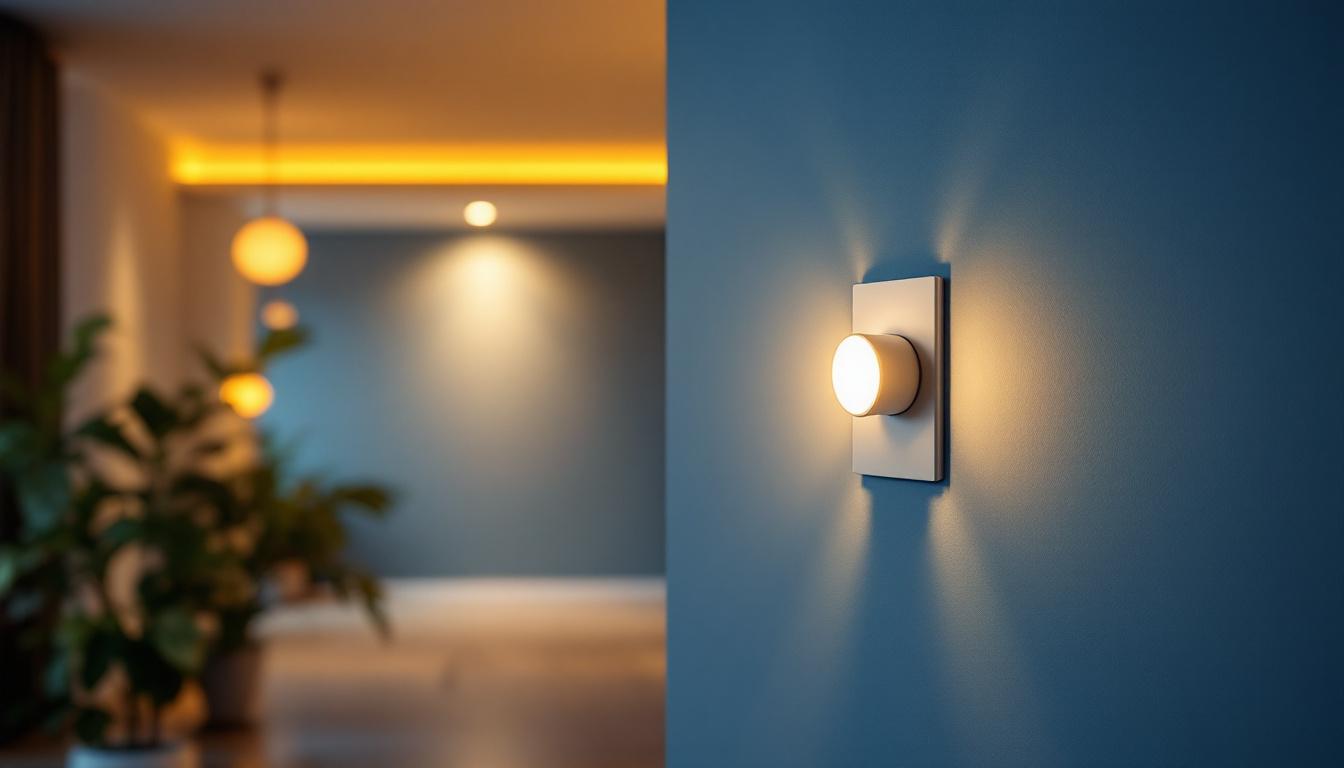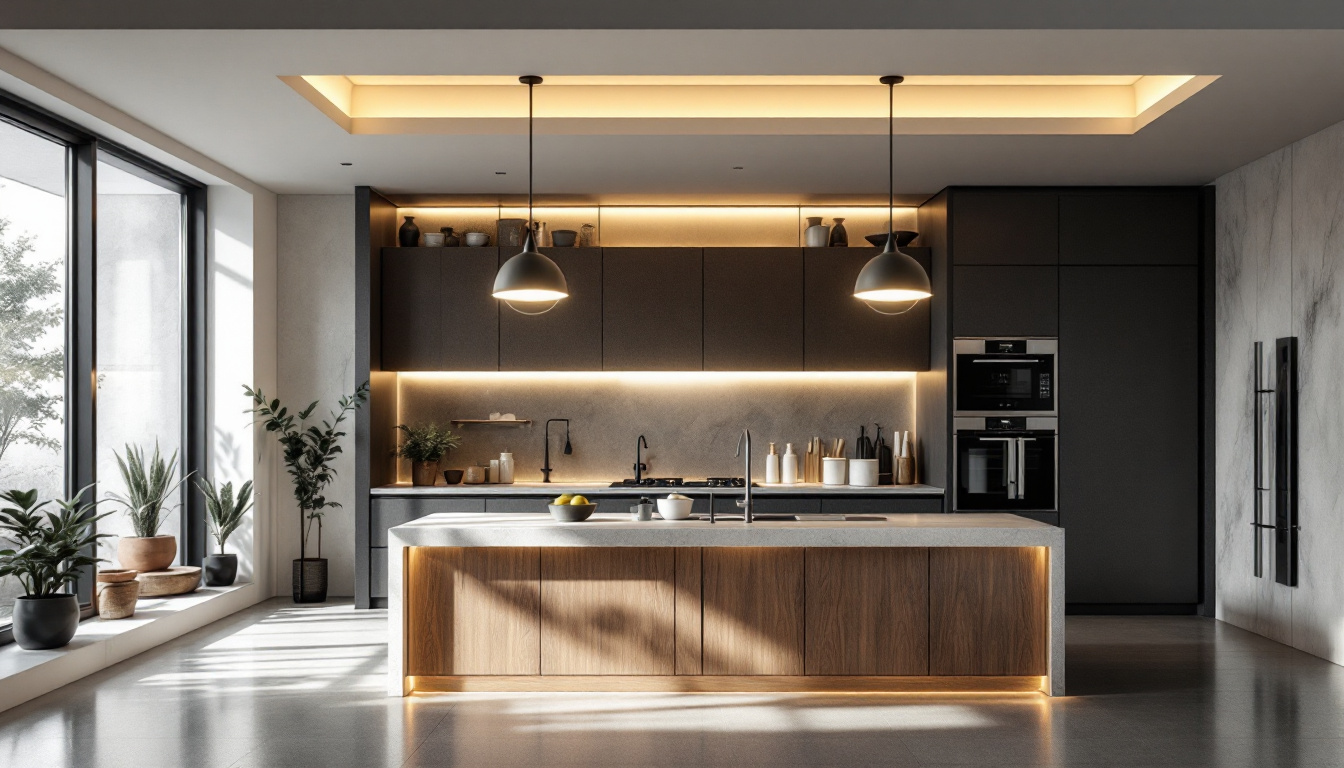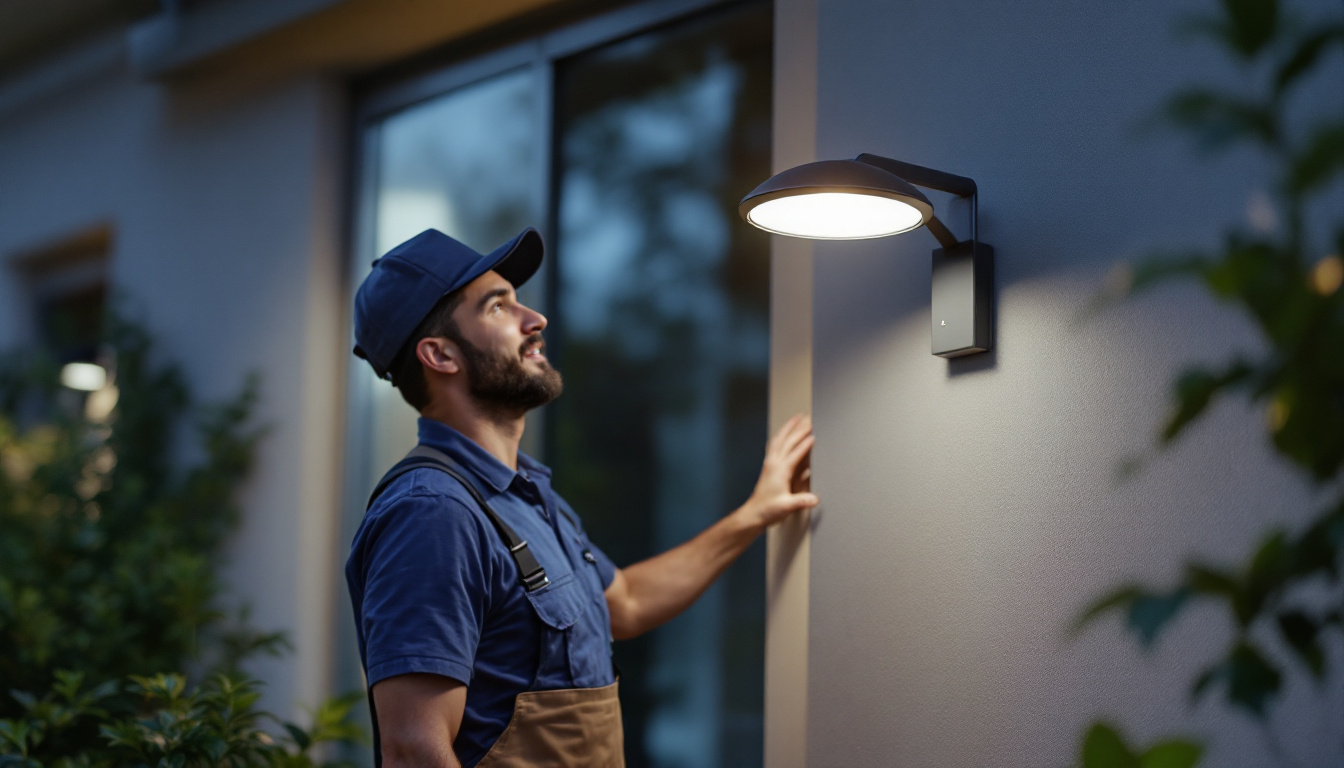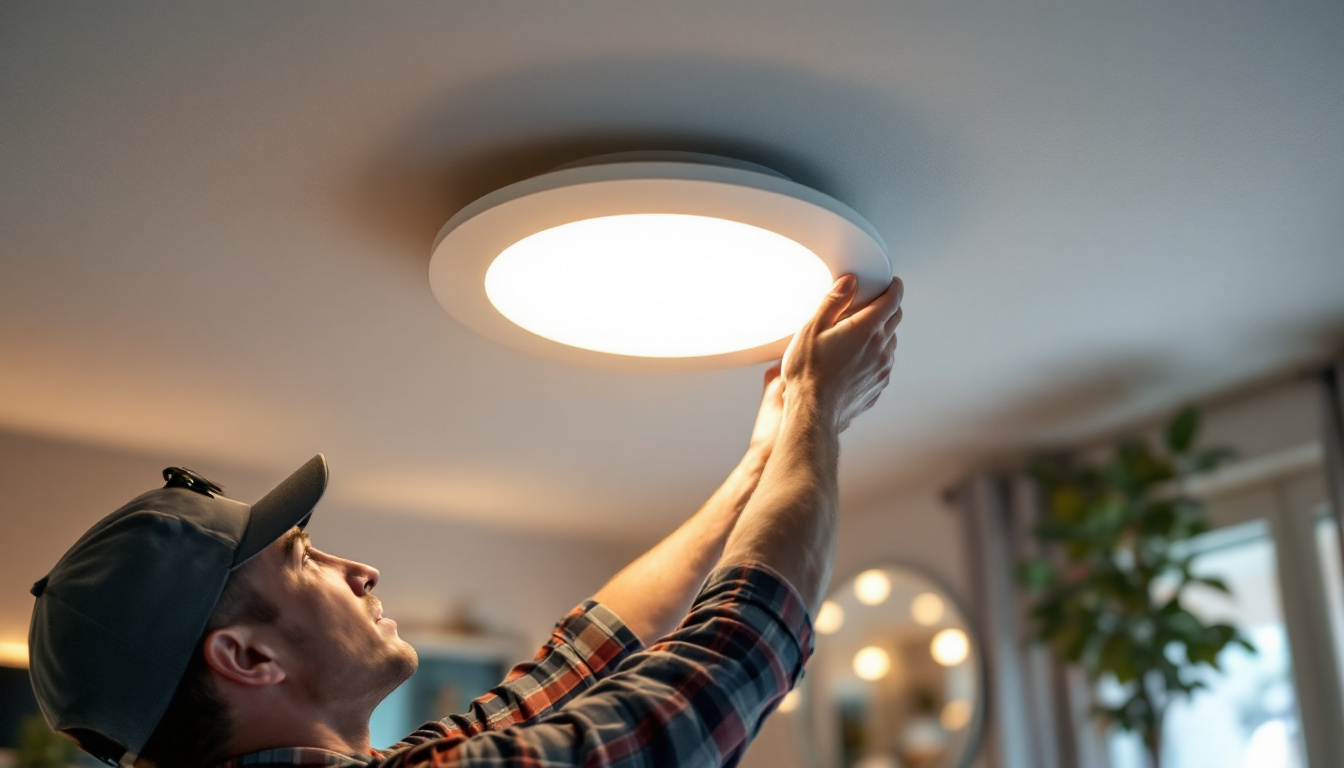
In the world of lighting design, recessed can lights have emerged as a popular choice for both residential and commercial applications. Their sleek appearance and ability to blend seamlessly into ceilings make them an attractive option for contractors and homeowners alike. However, with the rise of LED technology, the dynamics of recessed lighting have transformed significantly. This handbook aims to provide lighting contractors with a comprehensive understanding of dimmable LED recessed can lights, covering everything from installation to troubleshooting.
LED recessed can lights, often referred to as downlights, are fixtures that are installed into a hollow opening in the ceiling. Unlike traditional incandescent or fluorescent lights, LED technology offers energy efficiency and longevity, making it a preferred choice for modern lighting designs. These fixtures are available in various sizes, shapes, and color temperatures, allowing for flexibility in design and functionality.
One of the key features of LED recessed can lights is their ability to be dimmable. This functionality not only enhances the ambiance of a space but also allows for energy savings. Dimming capabilities can be particularly beneficial in settings such as living rooms, theaters, and restaurants, where lighting needs may change throughout the day. Additionally, many LED recessed can lights are designed to be compatible with smart home systems, allowing users to control lighting through their smartphones or voice-activated devices, further integrating technology into everyday life.
There are several advantages to incorporating dimmable LED recessed can lights into a lighting design. First and foremost, energy efficiency is a significant benefit. LED lights consume considerably less power than traditional lighting options, which translates to lower electricity bills. Additionally, dimmable LEDs can further reduce energy consumption by allowing users to adjust the brightness according to their needs. This adaptability not only promotes sustainability but also extends the lifespan of the fixtures, as they are not constantly operating at full capacity.
Moreover, the versatility of dimmable LED recessed lights enhances their appeal. They can be used in various settings, from residential homes to commercial spaces, and can accommodate different lighting moods and tasks. Whether creating a cozy atmosphere for a dinner party or providing bright illumination for a workspace, these lights can adapt to any situation. Furthermore, the sleek and unobtrusive design of recessed lighting helps maintain clean lines in a room, making them an ideal choice for contemporary interiors. As a result, they can seamlessly blend into the architecture, highlighting other design elements without overwhelming the space.
When selecting dimmable LED recessed can lights, it is crucial to consider the specific needs of the project. Factors such as the size of the space, ceiling height, and desired lighting effects should guide the choice of fixtures. For instance, larger rooms may require more powerful fixtures or a greater number of lights to achieve the desired brightness.
Additionally, compatibility with dimmer switches is essential. Not all LED lights are compatible with every dimmer, so it is vital to choose fixtures and dimmers that work well together. This not only ensures optimal performance but also prevents issues such as flickering or buzzing, which can detract from the overall experience.
The installation of LED recessed can lights involves several steps, starting with the planning phase. Contractors should map out the layout of the lights, taking into account the spacing and positioning to achieve even illumination. Once the layout is determined, the next step involves cutting holes in the ceiling for the fixtures.
After preparing the ceiling, contractors should connect the wiring according to local electrical codes. It is crucial to ensure that the dimmable LED fixtures are wired correctly to the dimmer switch to avoid any complications. Finally, the fixtures can be secured into place, and testing should be conducted to ensure they operate smoothly.
Wiring for LED recessed can lights is generally straightforward, but it is essential to adhere to safety standards and local codes. Most LED fixtures require a standard 120V power supply, but some may also operate on 277V for commercial applications. Properly understanding the voltage requirements is crucial to avoid damaging the fixtures or creating safety hazards.
In addition to voltage considerations, contractors should also be aware of the wiring gauge. Using the appropriate gauge wire ensures that the fixtures receive adequate power without overheating. Typically, 14-gauge wire is suitable for most residential applications, while 12-gauge may be necessary for longer runs or higher wattage applications.
Not all dimmer switches are created equal, especially when it comes to compatibility with LED lights. Traditional dimmers designed for incandescent bulbs may not work effectively with LED fixtures, leading to flickering or limited dimming range. Therefore, it is essential to select dimmers specifically rated for LED use.
When choosing a dimmer, consider the total wattage of the LED fixtures being used. Many dimmers have a maximum load capacity, and exceeding this limit can lead to performance issues. It is advisable to consult the manufacturer’s specifications for both the dimmer and the LED fixtures to ensure compatibility.
One of the most common issues encountered with dimmable LED recessed can lights is flickering. This can be caused by several factors, including incompatible dimmer switches, poor connections, or faulty fixtures. To troubleshoot flickering, start by checking the compatibility of the dimmer switch with the LED fixtures. If the dimmer is not rated for LED use, replacing it with an appropriate model may resolve the issue.
Additionally, inspect the wiring connections to ensure they are secure and free from damage. Loose connections can disrupt the flow of electricity, leading to flickering. If the problem persists, it may be necessary to test the fixtures themselves to determine if they are functioning correctly.
Buzzing noises from dimmable LED recessed can lights can be another frustrating issue. This often occurs when the dimmer switch is not compatible with the LEDs or when the dimmer is set to a low brightness level. To address this, consider upgrading to a higher-quality dimmer switch designed for LED compatibility.
In some cases, the buzzing may be due to the LED driver within the fixture. If replacing the dimmer does not resolve the issue, it may be necessary to consult the manufacturer for recommendations or consider replacing the fixture altogether.
Effective lighting design often involves layering different types of light to create a balanced and inviting atmosphere. Dimmable LED recessed can lights can serve as a foundational layer, providing general illumination throughout a space. However, they can be complemented by other lighting sources, such as task lighting and accent lighting, to enhance the overall effect.
For instance, in a kitchen, recessed can lights can be used to illuminate the entire area, while under-cabinet lighting provides focused illumination for food preparation tasks. Similarly, in living rooms, combining recessed lights with floor lamps or wall sconces can create a warm and inviting environment.
One of the significant advantages of dimmable LED recessed can lights is the ability to adjust brightness based on the activity taking place. For example, during movie nights, lowering the lights can create a cozy atmosphere, while brighter settings may be necessary for reading or working. This flexibility allows homeowners to customize their lighting experience and enhances the functionality of the space.
As energy costs continue to rise, the importance of energy-efficient lighting solutions cannot be overstated. Dimmable LED recessed can lights not only consume less energy than traditional lighting options but also have a longer lifespan, reducing the frequency of replacements. This longevity contributes to lower waste and a smaller carbon footprint, aligning with sustainable building practices.
Moreover, many regions offer incentives for using energy-efficient lighting, making it an economically sound choice for both contractors and homeowners. By promoting the use of dimmable LED recessed can lights, contractors can help clients save money while also contributing to a more sustainable future.
With the rise of smart home technology, integrating smart dimmable LED recessed can lights into lighting designs has become increasingly popular. These fixtures can be controlled via smartphone apps or voice-activated devices, allowing users to adjust brightness and color temperature remotely. This level of control enhances convenience and can lead to even greater energy savings.
Contractors should consider recommending smart lighting options to clients looking to modernize their homes. Not only does this add value to the property, but it also positions contractors as forward-thinking professionals who are knowledgeable about the latest trends in lighting technology.
Dimmable LED recessed can lights offer a versatile and energy-efficient lighting solution for various applications. By understanding the benefits, installation considerations, and troubleshooting techniques associated with these fixtures, lighting contractors can enhance their service offerings and meet the evolving needs of their clients. As the demand for energy-efficient and customizable lighting solutions continues to grow, embracing dimmable LED recessed can lights will undoubtedly position contractors for success in the ever-changing landscape of lighting design.
Ultimately, the key to effective lighting design lies in understanding the unique requirements of each space and leveraging the capabilities of dimmable LED recessed can lights to create an inviting and functional environment. By staying informed about the latest advancements and best practices, lighting contractors can ensure they are well-equipped to tackle any project with confidence.
Ready to elevate your lighting projects with the best dimmable LED recessed can lights on the market? Look no further than LumenWholesale, where we offer an exceptional range of high-quality, spec-grade lighting products at wholesale prices that simply can’t be beaten. Say goodbye to unnecessary markups and hello to cost-effective, reliable lighting solutions that meet the highest industry standards. Take advantage of our hassle-free bulk buying options and enjoy free shipping on your orders. Don’t compromise on quality or price. Visit LumenWholesale now to discover the perfect blend of quality, affordability, and convenience for all your lighting needs.

Discover essential tips and expert advice for lighting contractors on installing automatic flood lights.

Discover the essential guide for lighting contractors on flush kitchen ceiling lights.

Explore the key challenges lighting contractors face with dusk to dawn lamps, from installation hurdles to maintenance issues, and discover expert solutions to enhance efficiency and performance in outdoor lighting projects..

Discover the essential role of LED recessed light trim in modern lighting projects.